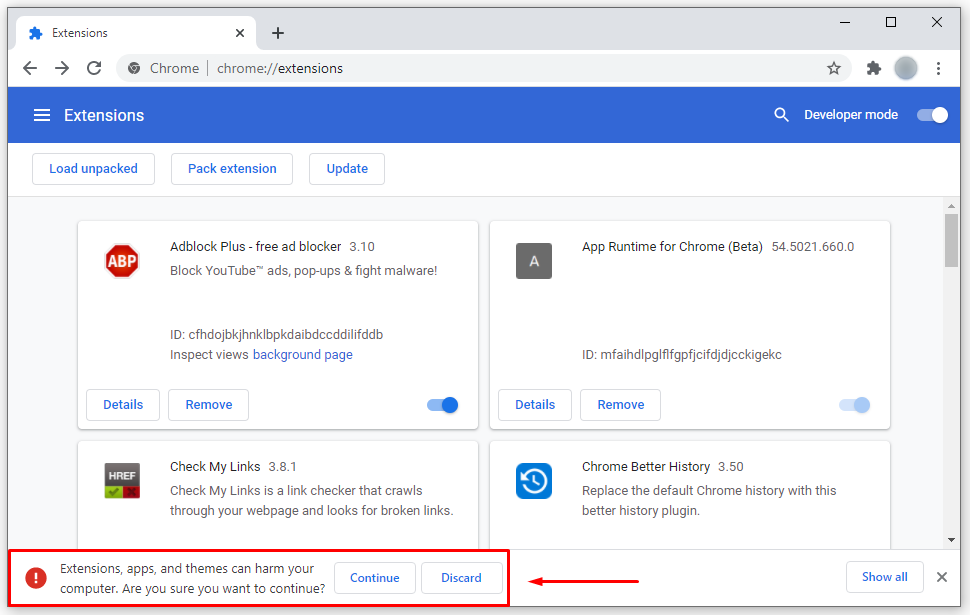

For details, see Enable the Micro Focus UFT Agent extension on Chromium Edge.
#ACTIVEX FOR GOOGLE CHROME MAC INSTALL#
In order to record and run tests on Microsoft Chromium-based Edge browsers, you must install the Micro Focus UFT Agent Chromium Edge extension. For details, see Enable UFT One to test local HTML pages in Google Chrome. If you need to test local HTML pages in Google Chrome, you must make additional configuration changes. If you have the Functional Testing Agent for Google Chrome installed, you must manually remove this older extension before enabling the new one. The Agent for Google Chrome is not available via search in the Google store. If you do not have an Internet connection or are working with Chrome version 30 or earlier, see Enable the Micro Focus UFT Agent Chrome extension.
#ACTIVEX FOR GOOGLE CHROME MAC DOWNLOAD#
If the extension does not download, go to and download it manually. The extension is available on the Chrome web store and downloads automatically when possible, for Chrome versions 31 or later. UFT One communicates with the Micro Focus UFT Agent Chrome Extension to test Web applications running in Google Chrome. Only one version of the Unified Functional Testing Extension can be enabled in Firefox at a time.


You can create steps on more than one browser tab, if your browser supports tabbed browsing. For this reason, the Web Add-in is not available in the Environment list in the Object Identification dialog box ( Tools > Object Identification), even though the Web Add-in is loaded. When you load the Siebel Add-in in addition to the Web Add-in, the object identification settings are automatically customized. Web Add-in extensibility enables you to develop support for testing third-party and custom Web controls that are not supported out-of-the-box by the UFT One Web Add-in. For details, see the Web section of the UFT One Object Model Reference for GUI Testing. The Web Add-in provides test objects, methods, and properties that can be used when testing objects in Web applications. If you want to test AgGrid or UIGrid objects, make sure to open UFT One with the relevant add-in selected. However, by default, these add-ins are not loaded. The AgGrid and UIGrid add-ins are installed as part of the Web add-in. This eliminates some conflicts that used to occur between these objects and Web objects. Starting from UFT One 15.0, the WebAgGrid and WebUIGrid test objects are supported by separate AgGrid and UIGrid Web child Add-ins, instead of the Web Add-in itself. For details, see Web 2.0 toolkit support. These add-ins are displayed as child nodes of the Web Add-in in the Add-in Manager. UFT One also provides a set of add-ins that support testing specialized controls from a number of Web 2.0 toolkits using test object classes that were developed by Micro Focus using Web Add-in Extensibility. Much of the functionality of this add-in is the same as other Web-based add-ins.įor details on supported Web browsers and versions, see the UFT One Product Availability Matrix. This information is also relevant for all child add-ins that extend the Web Add-in. The following tables summarize basic information about the Web Add-in and how it relates to some commonly-used aspects of UFT One. You can use the Web Add-in to test HTML user-interface objects (controls).


 0 kommentar(er)
0 kommentar(er)
